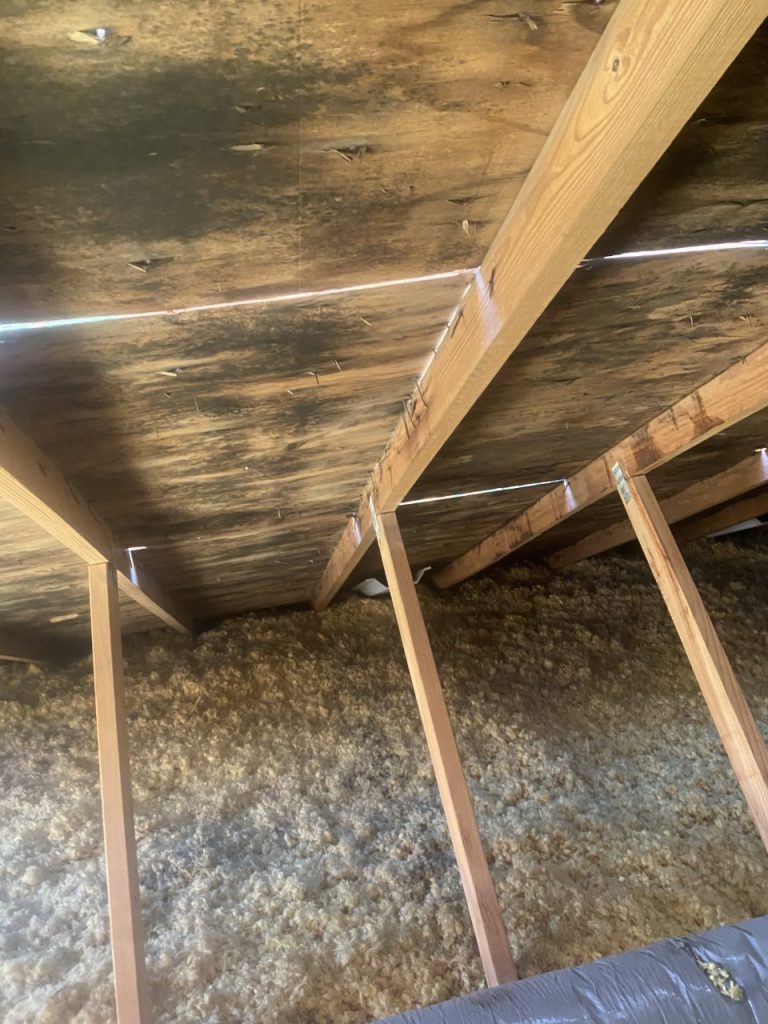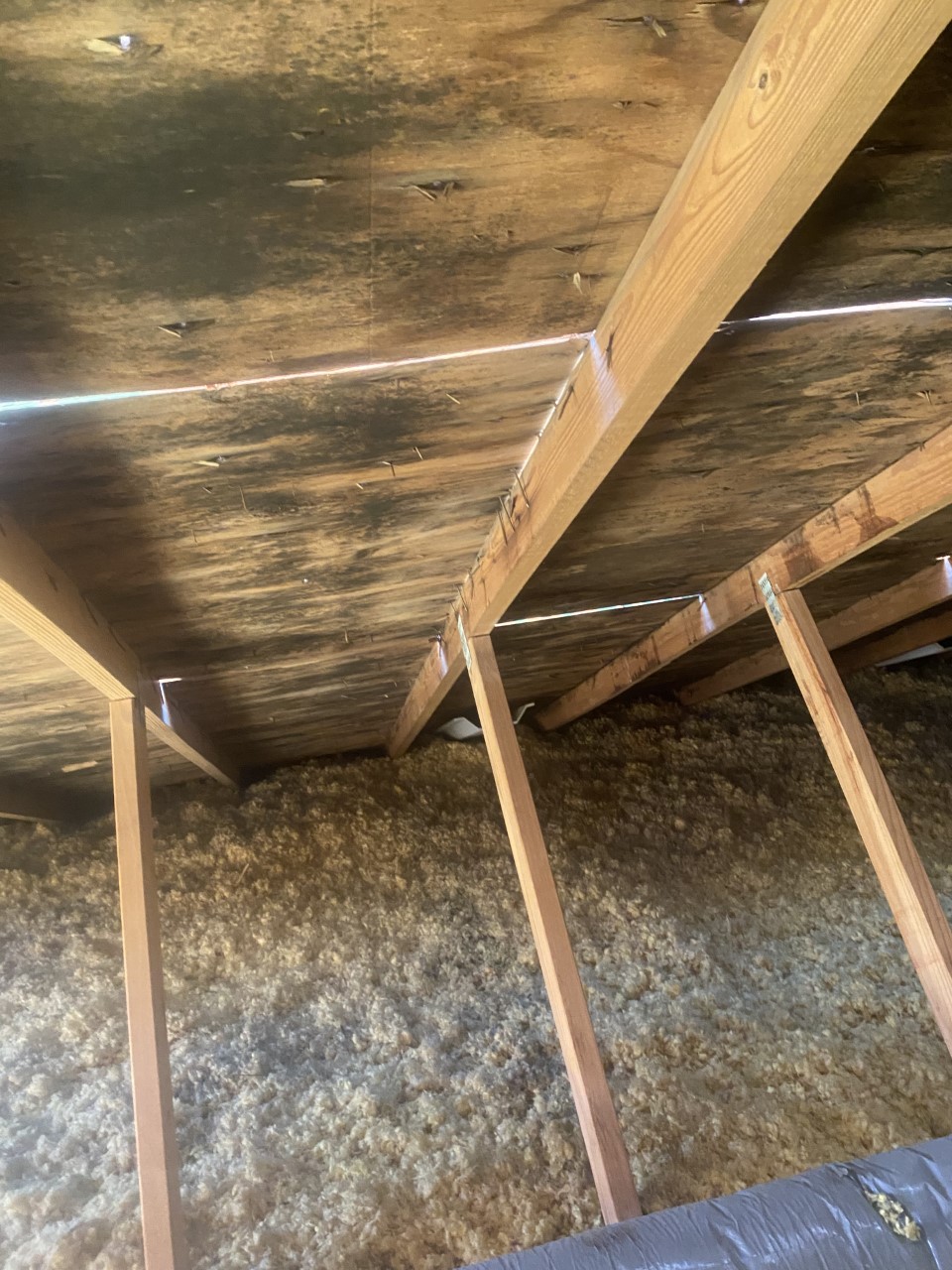As winter settles in, the cozy vibes can be disrupted by an unexpected issue: water on the ceiling. Uncover the mysteries behind “Water on Ceiling in Winter” and learn effective strategies to keep your home dry and comfortable.

Diving into the Frosty Dilemma: Water On Ceiling In Winter
Explore the reasons behind the perplexing phenomenon of water on the ceiling during the winter months and discover proactive measures to combat this unwelcome surprise.
Common Causes of Water On Ceiling In Winter:
- Condensation Buildup: Winter brings colder temperatures, and when warm indoor air meets the cold ceiling, condensation forms. Excessive condensation can lead to water droplets accumulating on the ceiling.
- Roof Leaks: Winter storms and snowfall can take a toll on your roof. Damaged shingles or compromised roof integrity may result in water seeping through and appearing as water stains on your ceiling.
- Ice Dams: Ice dams are formed when melting snow refreezes at the roof’s edge, creating a barrier that traps water. This trapped water can find its way into your home, manifesting as water on the ceiling.
Strategies to Thwart Winter Ceiling Leaks
Equip yourself with practical solutions to prevent and address water on the ceiling during the winter season.
- Improved Insulation: Enhance insulation in your attic to minimize temperature differences between the indoor and outdoor environments. Proper insulation reduces the likelihood of condensation forming on the ceiling.
- Ventilation Enhancement: Adequate ventilation is crucial to expel moist air from your home. Ensure your attic is well-ventilated to reduce the chances of condensation buildup leading to water stains on the ceiling.
- Roof Inspection: Before winter sets in, conduct a thorough inspection of your roof. Check for damaged shingles, loose flashing, or any potential entry points for water. Addressing these issues in advance can prevent winter leaks.
- Ice Dam Prevention: Install heating cables along the roof’s edge to prevent ice dams. Proper roof maintenance, including removing excess snow, can also mitigate the risk of ice dam formation and subsequent ceiling leaks.
Maintaining a Dry Winter Haven
Proactive steps to keep your home dry and comfortable throughout the winter season.
- Regular Home Inspections: Periodically inspect your home for signs of water damage, especially after winter storms. Early detection allows for prompt intervention and prevents extensive damage.
- Humidity Control: Use a dehumidifier to maintain optimal indoor humidity levels. Controlling humidity reduces the likelihood of condensation forming on ceilings and other surfaces.
- Prompt Repairs: Address any roof issues or leaks promptly. Timely repairs can prevent minor problems from escalating into major headaches, ensuring a dry and secure home during the winter months.
Conclusion: Conquering the Winter Ceiling Conundrum
In conclusion, understanding the causes of water on the ceiling in winter is the first step toward a warm and dry home. By implementing proactive measures such as improved insulation, ventilation enhancement, and regular roof inspections, you can mitigate the risk of water stains and leaks. Stay ahead of winter’s challenges, and enjoy a cozy and worry-free home environment throughout the colder months.
